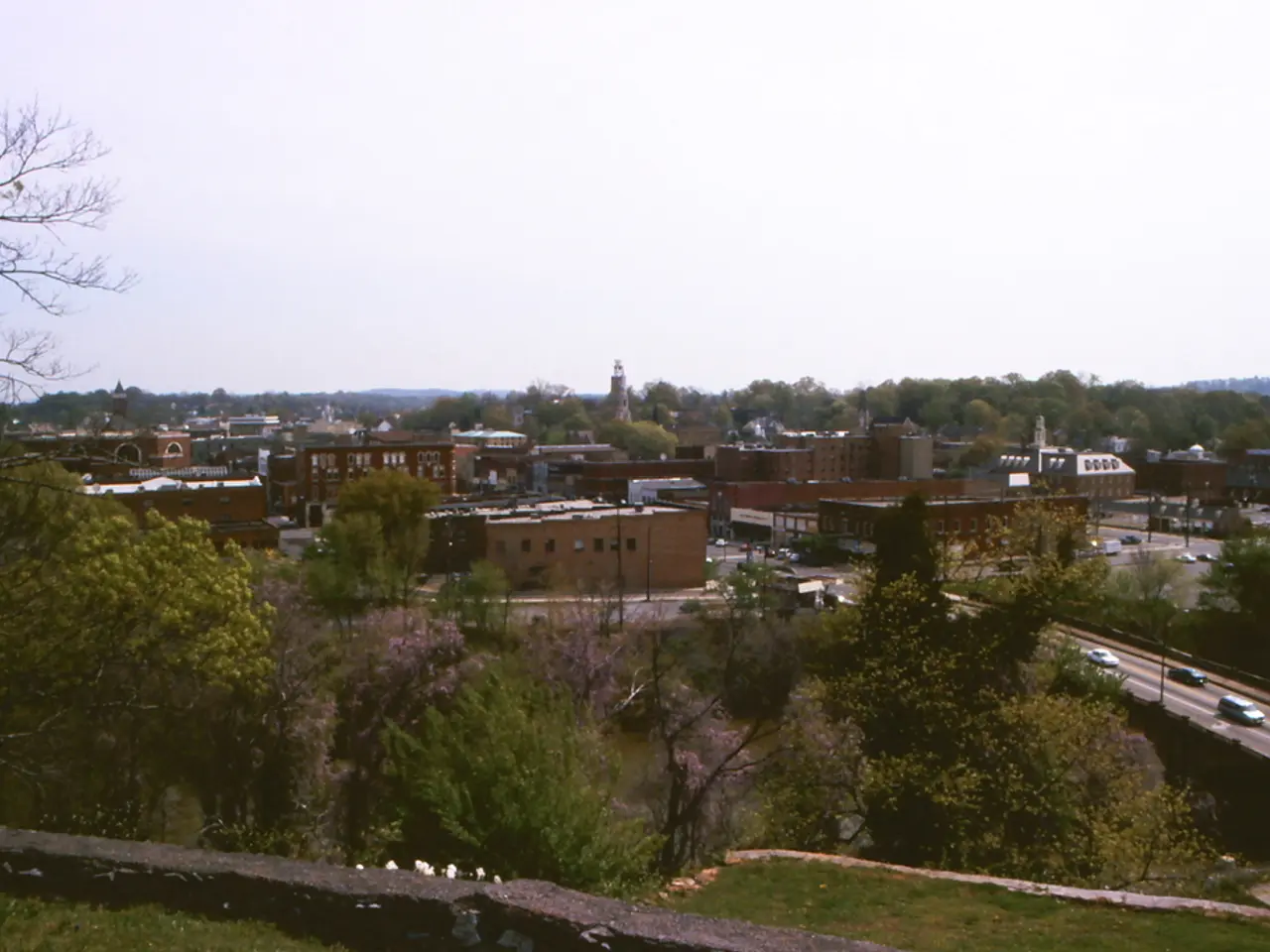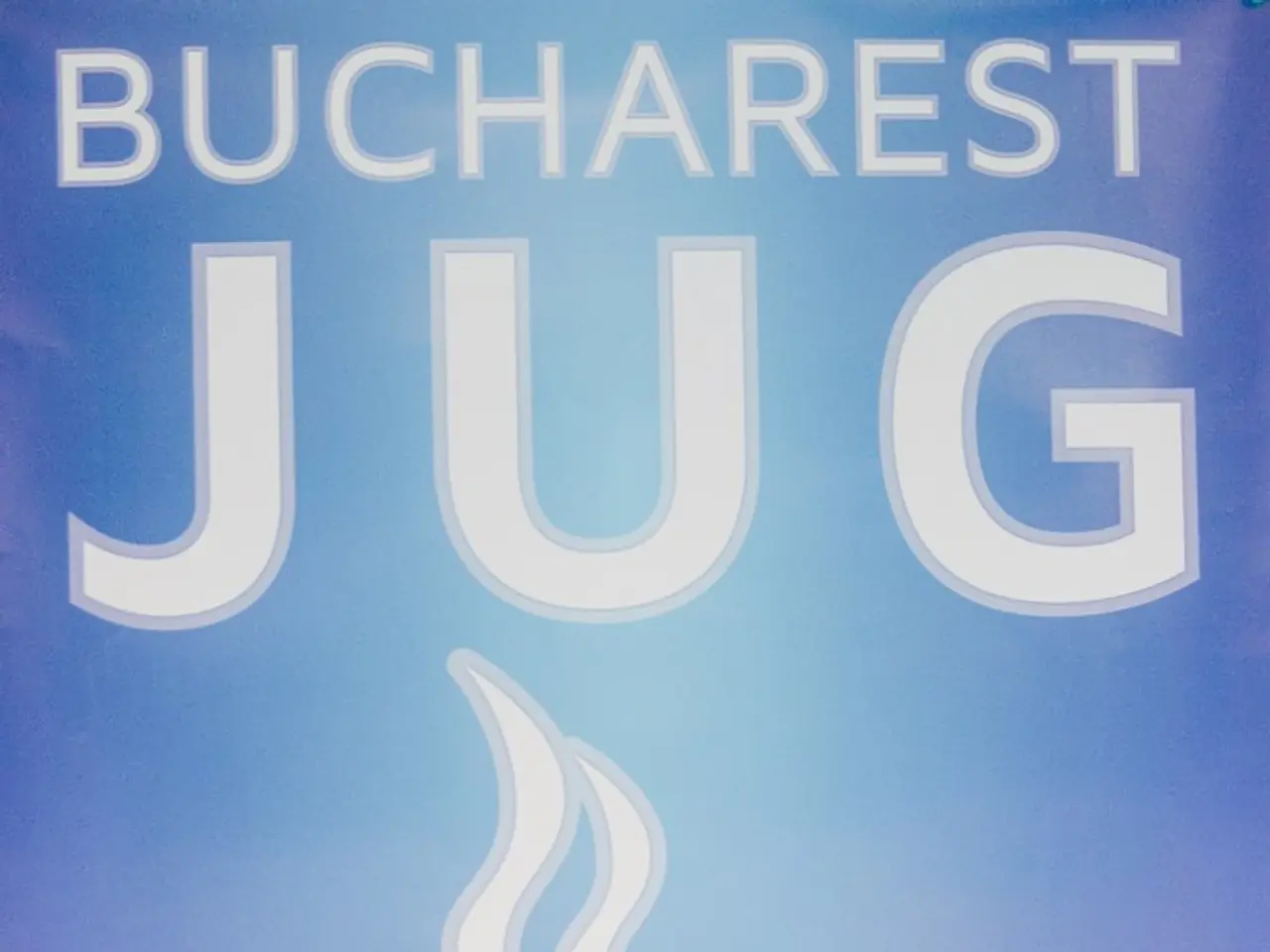Urban Development: Balancing Time-Honored Customs and Modern Progress
In the heart of Europe, German cities are undergoing a remarkable transformation, merging historical heritage with modern architecture and embracing sustainable urban planning. This evolution is not only aesthetically pleasing but also socially inclusive and environmentally responsible.
One prime example of successful citizen participation in urban decision-making can be seen in Wiesbaden's Rhein.Main.Ufer concept and Frankfurt am Main's new neighborhood designs. These projects demonstrate the power of community engagement in shaping the cities' future.
Berlin, a city rich in history, is home to the Humboldt Forum, the restored Berlin City Palace, which showcases a harmonious connection between the past and present. Meanwhile, the East Side Gallery, a preserved section of the Berlin Wall transformed into the world's longest open-air gallery, stands as a testament to the city's resilience and artistic spirit.
The city of Leipzig is leading the way in large-scale sustainable urban planning and future-oriented mobility. It is developing concrete implementation scenarios for these initiatives, aiming to create a greener, more efficient urban environment.
Financing these urban transformation processes is a collaborative effort among various actors. Innovative approaches, such as municipal bonds, pooled finance facilities, and credit enhancement tools, are being employed to help cities raise capital for sustainable projects. Public-private partnerships and value-add investment platforms focused on specific sectors like micro-living residential developments are also emerging as effective financing models.
Examples of innovative urban transformation projects, like Hamburg Kreativ Gesellschaft’s “Jupiter” creative interim-use project, demonstrate how vacant infrastructure can be converted into cultural and creative spaces, contributing to urban regeneration with both cultural and economic value.
European institutional financing, such as from the European Investment Bank (EIB), provides funding and programs aimed at making urban transport and infrastructure more sustainable, promoting green and efficient urban mobility as part of transformation processes.
Smart city solutions are another key component of urban transformation in Germany. These solutions aim to make life in urban areas more efficient, sustainable, and pleasant, while promoting cultural diversity and a vibrant creative scene, important factors in global city competition.
Holistic urban planning, the promotion of local businesses and start-ups, the integration of art and culture, and the creation of sustainable mobility solutions are essential for making city centers attractive. Innovative companies and research institutions drive digital transformation in urban areas, further enhancing the urban experience.
The New Synagogue in Berlin is a striking example of integrating historical architecture with modern elements, symbolizing the city's commitment to preserving its past while embracing the future.
Cities are also exploring new ways of financing, allowing individuals to restructure financial commitments and increase financial flexibility for future investments. Settling a loan online is one example of a new financing method that offers convenience and flexibility.
Since 2019, the German federal government has funded 73 selected smart city model projects with a total of 800 million euros. The NaMAV project is developing generalizable courses of action for urban mobility by 2050, furthering Germany's commitment to sustainable urban development.
Berlin ranks first in the ranking for sustainable mobility, followed by Munich and Cologne, reflecting the success of these initiatives. Green spaces play a significant role in city climate and citizen recreation, making them an integral part of sustainable urban planning.
In summary, German cities are leveraging a mix of municipal bonds and pooled finance facilities, public-private investment platforms targeting niche urban housing markets, creative interim use models supported by local development agencies, and European institutional funds focusing on sustainability and climate-resilient urban infrastructure. These models reflect a growing trend of combining financial innovation with sustainability and social inclusion goals in Germany’s urban transformation processes.
- To fund these urban transformation processes, innovative financing methods such as municipal bonds, public-private partnerships, and European institutional financing – like the European Investment Bank (EIB) – are being employed, focusing on sustainable projects and green infrastructure.
- With the rise of smart city solutions, technology plays a pivotal role in making life in urban areas more efficient and pleasant, while fostering cultural diversity and the creative scene, contributing to Germany's global competitiveness in city development.




